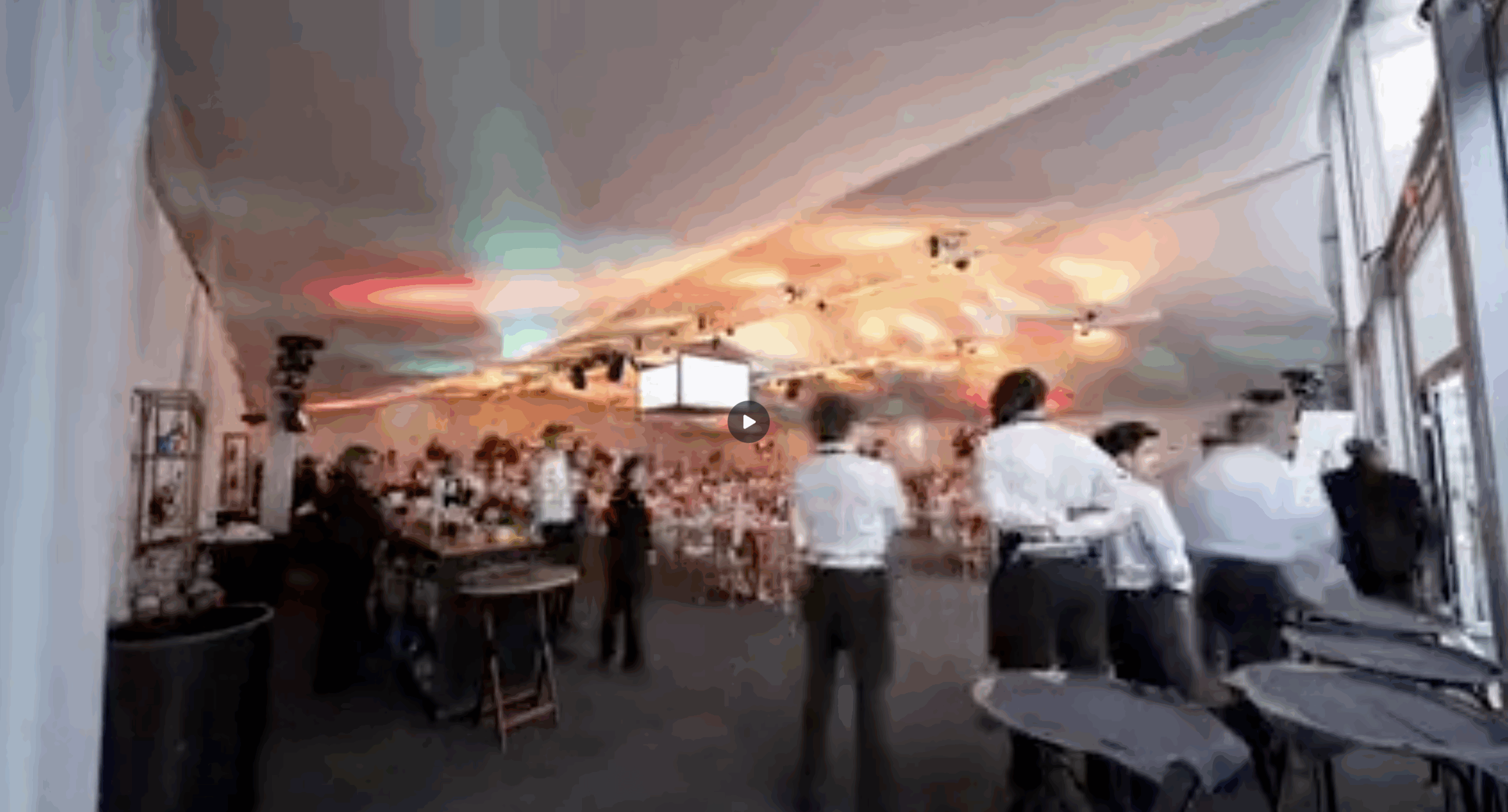News
The Day the Music Died – Don’t Forget the Music Licenses! [Meetings + Events]
By Cassie Brown There’s one major rule that everyone is breaking at events: not having a music license. This is a big mistake, as music licenses are a necessity – you can’t play copyrighted music publicly (at least not legally) without one. Copyright laws require music users to get permission from songwriters and composers, who ... Read more






